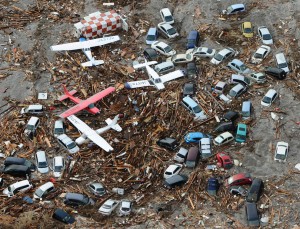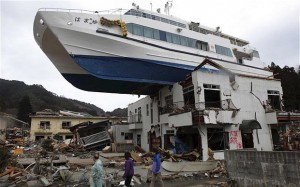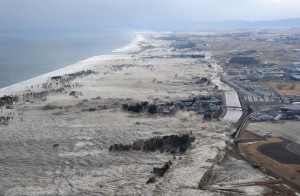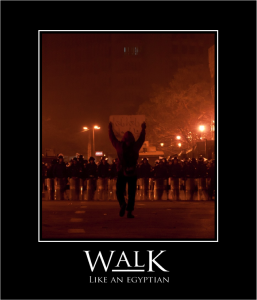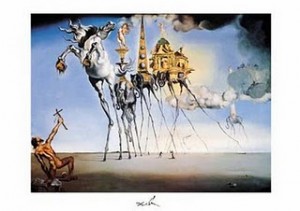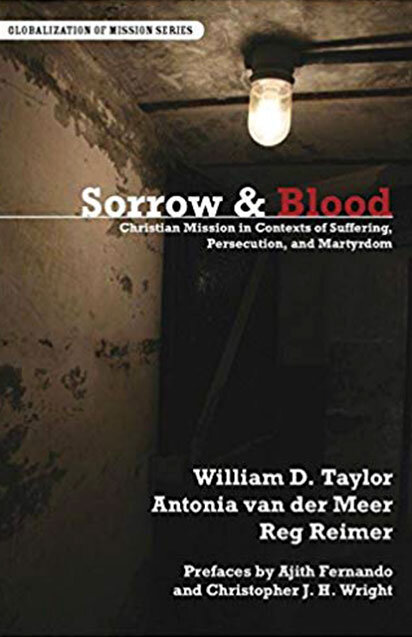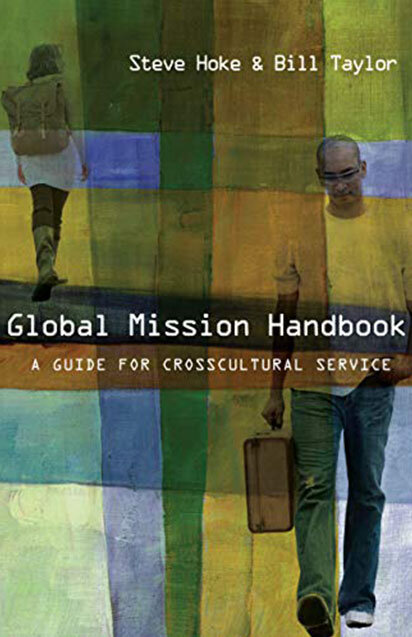Creation groans, the nations rage, and Lent is our season—all March events.

March 26, 2011 Creation groans, the nations rage, and Lent is our season—all March events. The groaning of creation…………..
A March shattering, the second one within one year, of Christchurch, New Zealand, with a higher level of destruction than the one last year. About a third of the beautiful centre city was demolished, and symbolically, the Anglican cathedral partially destroyed. Perhaps the only “happy” people were the seismologists, who discovered a brand new tectonic plate they did not know existed before.
Then we witnessed the Japan massive earthquakes (shifting parts of the nation by close to 4 meters, about 13 feet) followed by a horrendous tsunami (with waves up to 25 meters, about 53 feet), and the incalculable destruction.
How many times did you watch those mesmerizing videos? http://www.telegraph.co.uk/news/worldnews/asia/japan/japan-earthquake-and-tsunami-in/ And again, boston.com has a terribly powerful series of photographs, “The Big Picture” http://www.boston.com/bigpicture/2011/03/massive_earthquake_hits_japan.html The raging of the nations…………
North Africa, starting with a depressed and frustrated Tunisian fruit vendor who immolated himself, then the fall of one dictator; followed by the Egyptian Facebook Revolution of March 25 and beyond, leading to the expulsion of another strongman.
And the dominoes continue to collapse upon each other, though with deeply different reactions and outcomes. Now it’s Libya, Yemen, Syria, Bahrain. Some creative brain in the Pentagon dubbed the Libya mission “Operation Odyssey Dawn”. What muse suggested THAT name? Are not odysseys long periods of time, and we want rapid outcomes, the departure of another dictator and the installation of some kind of democracy? Democracy?
Huh!! So what else are we smoking these days?
In the mid 1970’s, one of our favorite and thoughtful writers, Joe T. Bayly, crafted a poem that was later put to music by concert pianist and Latin America missionary, Dick Foulkes. While the nuclear threat then was radically different—the Cuban missile crisis (So who was around to even remember those scary days?)—the Japan realities of even this morning are sobering.
Here it is, and consider the profound evocation of these words, even as we see how an “older” poem can return to revisit us with new insight. The hymn was written in 1976, entitled “Glenwood” (the cemetery where three of the Bayly sons were buried), and the music set to Saint Saen’s majestic symphony. Note the construction, with five presenting truths and conditions, the poignant query, the Lord’s response, and the believers hope.
“The nations rage, men’s hearts are failing ”
The nations rage, men’s hearts are failing For fear of death and war’s atomic blast;
All nature groans at sin prevailing, And longing hopes for day of sorrow past.
Lord, why this long and painful waiting, When will the promise be fulfilled?
”I am not willing one should perish.”
Even so come Jesus Christ, our Lord.
———–
The Shepherd, by His own rejected, Returns to call the sheep for whom He died,
The flock He fed and led and guarded, He gathers from all nations to His side.
But what of sheep who have no Shepherd, The tribes that have no word from Thee?
“Go tell them of the Seeking Saviour”
Even so come Jesus Christ, our Lord.
————–
The Lamb once slain to bear our sinning, Returns to earth, redemption to complete,
In tender love shall take us to Him, In awful wrath bring Satan to defeat.
We see the world in Satan’s bondage. The cities filled with sin and pain.
“Show my compassion for the lost ones.”
Even so come Jesus Christ, our Lord.
—————
The King descends, the sight is glorious, No humble coming as at Bethl’em’s inn;
Each eye shall see our God victorious Return to reign, triumphant over sin.
How long shall be our time of travail, Shall faith be found on earth at last? “
Walk holy in the dark’ning hours_____.”
Even so come Jesus Christ, our Lord.
————–
Then shall our God be vindicated, In flaming fire His vengeance surely take;
The faithful saints who long have waited To resurrection glory shall awake.
We look for Thee, O Loving Shepherd, We look for Thee, O Lamb of God.
We look for Thee, O King Eternal:
Even so come Jesus Christ, our Lord.
—————————
I posed this question to Yvonne this week: How many people died in the Irish potato famines of mid 19th Century?
The solemn report: “The Great Famine or the Great Hunger (Gaelic: An Gorta Mór or An Drochshaol), known more commonly outside of Ireland as the Irish Potato Famine, is the name given to the famine that occurred in Ireland between 1845 and 1849. The famine was due to the appearance of “the Blight” (also known as phytophthora)—the potato fungus that almost instantly destroyed the primary food source for the majority of the island’s population.
The immediate after-effects of the famine continued until 1851. Much is unrecorded, and various estimates suggest that between five hundred thousand and more than 1 million people died in the years 1846 to 1849 as a result of hunger or disease. Some 2 million refugees are attributed to the Great Hunger (estimates vary), and much the same number of people emigrated to Great Britain, the United States, Canada, and Australia.”
http://www.newworldencyclopedia.org/entry/Irish_Potato_Famine_(1845–1849)
So my second question to Yvonne: What would the world have done then had they had the Internet, Facebook or Twitter to report on Ireland?
Would we have tolerated that famine? Of course not. But nobody knew, beyond the Irish, and the British (fie on their foreign policy regarding Catholic Ireland!), and a few others. Who could have conceived the dimensions of that devastation? The sad ironies of history that forever the Irish national landscape and culture, leading to a 20% decline of the Irish population. So was it just famine, or perhaps genocide or something else? And where was the Internet? But today technology (blessing and curse) links us perhaps more than we want to.
The holy visitation of Lent, another March marker………
And in the midst of these earth-shaking events comes the liturgical calendar with its cadence. Lent started with the solemn ceremony of Ash Wednesday on March 9. It was my privilege to serve chalice that night, as two Austin congregations gathered, hosted by Hope Chapel (where we worshipped 11 years; the first ministry context for Christine and Cliff; the venue of David’s arts pastor ministry for 10 years) and Christ Church-Anglican, where we now worship and serve.
Sitting in the first row I heard the phrase repeated perhaps 150 times, “from dust you have come; to dust you shall return”. It mesmerized me. No! It struck me as a slap in the face when I was reminded so many times of the brevity of life, and the solemn truths in that phrase.
David’s blog has his rich and textured statement on Lent, and allow me to quote from it (by permission). I encourage you to read his full reflections for your own spiritual pilgrimage.
“THURSDAY, MARCH 10, 2011 Lenten Practices: Putting off the “elsewhere self”
This year I have a theme to my Lenten practices. I don’t think I’ve ever thought of my Lenten practices in thematic terms, but that’s what the Spirit seems to be prompting in me and the following quote captures the spirit of my desire to mentally de-clutter. This comes from Elisabeth Lasch-Quinn’s very fine essay, “From Inwardness to Intravidualism,” published in the recent Hedgehog Review. Tracing out the lines of thought in Dalton Conley’s incisive book, Elsewhere, U.S.A, she draws these observations:
“Recent socioeconomic trends have yielded a whole ‘new breed of person’ and a ‘new texture of everyday life’ (17-8)–a phenomenon he hopes to capture by employing ‘elsewhere’ as an adjective. The ‘elsewhere’ society is comprised of only the most ‘fleeting and one-dimensional’ social interactions, and the ‘elsewhere’ individual is in perpetual state of inner conflict, plagued by the uneasy feeling that no matter where one is, one is potentially missing out on something more important.
This new person is not so much an individual as an ‘intravidual’, someone with ‘multiple selves competing for attention within his/her own mind, just as, externally, she or he is bombarded by multiple stimuli simultaneously’ (7). Gone is the stable self with an ‘authentic inner core’–as in the phrase ‘finding oneself’. Instead of being guided by the imperatives of self-development in the old-fashioned sense, ‘intravidualism is an ethic of managing the myriad data streams, impulses, desires, and even consciousness that we experience in our heads as we navigate multiple words’ (7).
Like a fan at the sports game who, realizing she or he is on camera, cannot decide whether to enjoy the moment by looking at the screen or to perfect his or her image by looking at the camera, the ‘intravidual’ is uncertain and anxious, forever plagued by the road not taken. Caught up in the winds of multitasking, other fans cannot resist text messaging or talking on their cell phones, even though they have paid an exorbitant price for their seats.”
After reading this passage I put the journal down, because I needed to process her words. I felt an intense dissatisfaction with tendencies that I have observed in myself and both Conley and Lasch-Quinn had a name for it: the “elsewhere self.”
I have too much going on in my life. I have too many channels of data trying to squeeze themselves into my head. In consequence I feel that I’m losing two things: my moral ability to process the data wisely and a quiet, internal space in my soul. What I need is a re-calibration of internal appetites. I need to constrict the flow of external data so that there can be, as it were, an expansion of simplicity on the inside.
I don’t sleep well. I struggle to keep in my memory things that I am studying. I feel increasingly distractible. And with a baby on the way, I sense a need to do things that will strengthen my emotional capacity to be present to Phaedra and the baby rather than, well, be elsewhere.
All I have to say, in that light, is thank God for Lent. Lent is a beautiful season that not only reinforces bonds of kinship with Christians, it also offers us an excuse to reorganize the “spiritual life.””
http://artspastor.blogspot.com/2011/03/lenten-practices-putting-off-elsewhere.html
So I accept the challenge to deny, but also to engage. Together, on the journey, the long pilgrimage in the same direction, needing each other, walking not running in community.
Together.
Waiting for Resurrection Sunday.
“Even so, come Jesus Christ our Lord”.


